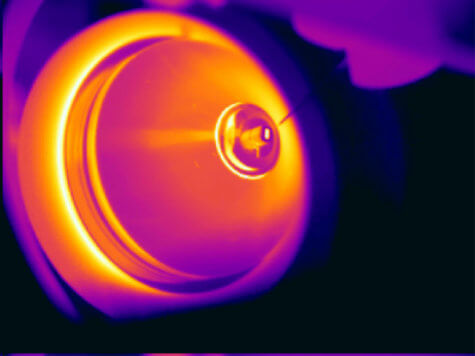SYDNEY, Australia — For many looking to get in shape, “the battle of the bulge” can seem like a no-win scenario. A new study may have discovered the reason. Researchers in Australia say belly fat is the most resistant to weight loss, even when fasting every other day.
With over two in five Americans registering as obese, according to the CDC, many are hoping to cut calories as a way to drop dress or belt sizes. Not all fat tissue is the same however, and the belly is the most resilient of all.
Researchers from the University of Sydney find the fat around the stomach goes into “preservation mode” when the body starts to lose weight. During fasting, fat tissue provides energy to the rest of the body by releasing fatty acid molecules. However, the fat becomes resistant to this release of fatty acids during fasting.

People who try intermittent fasting may struggle more because belly fat is trained to rapidly rebuild the fat store before the next fasting period. The research team examined more than 8,500 proteins located in fat deposits; creating a catalogue of changes that occur during intermittent fasting using a technique called proteomics.
Proteomics – the study of all proteins – is a relatively new field that takes its name from genomics, the study of all genes. It monitors how proteins react under certain conditions, which in this case is intermittent fasting. For this experiment, researchers relied on the protein changes occurring in mice.
“While most people would think that all fat tissue is the same, in fact, the location makes a big difference,” says Dr. Mark Larance in a university release. “Our data show both visceral and subcutaneous fat undergo dramatic changes during intermittent fasting.”
The study author adds using a mouse model is a useful analogue ahead of studies in humans.
“Mouse physiology is similar to humans, but their metabolism is much faster, allowing us to observe changes more rapidly than in human trials, and examine tissues difficult to sample in humans,” the researcher from the Charles Perkins Centre and School of Life and Environmental Sciences explains.
“This sort of research has been enabled by these new instruments that allow us to ‘look beyond the streetlight’ – it’s hypothesis generating; we knew we would find something but we didn’t know what. Now that we’ve shown ‘belly fat’ in mice is resistant to this diet, the big question will be to answer why, and how do we best tackle it?”
The findings appear in the journal Cell Reports.
SWNS writer Joe Morgan contributed to this report.
